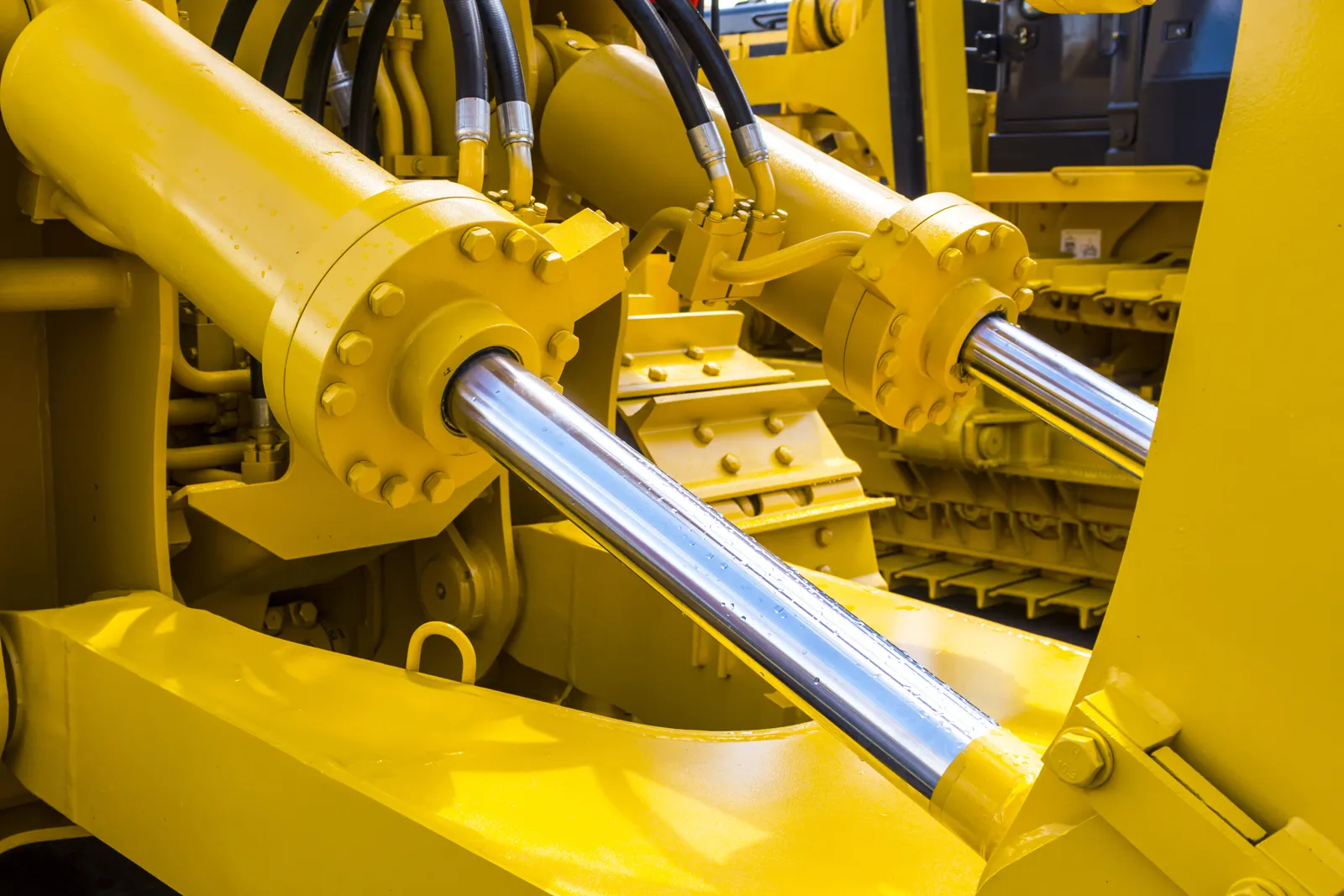Dredge Design and Selection:
Hydraulic engineering plays a crucial role in dredging projects by providing the necessary tools and techniques to efficiently and effectively manage water-related challenges. Here are several ways in which hydraulic engineering is beneficial for dredging projects:
Hydraulic engineers help design and select appropriate dredging equipment based on the specific requirements of the project. This includes choosing the right type of dredger, cutterhead design, pump capacity, and other components.
Sediment Transport Modeling:
Hydraulic engineers use advanced modeling techniques to understand sediment transport patterns in water bodies. This helps in predicting the movement of sediments, identifying sedimentation areas, and planning dredging operations accordingly.
Channel Design and Optimization:
Hydraulic engineering is essential for designing and optimizing navigation channels, harbors, and waterways. Engineers analyze flow patterns, sedimentation rates, and other hydraulic parameters to ensure efficient water flow and prevent sedimentation issues.
Dredging Efficiency and Productivity:
Hydraulic engineers optimize dredging operations to maximize efficiency and productivity. This involves determining the most effective dredging methods, monitoring sediment concentration, and adjusting operational parameters to achieve the desired results.
Environmental Impact Assessment:
Hydraulic engineers conduct environmental impact assessments to evaluate the potential effects of dredging projects on aquatic ecosystems. They develop mitigation strategies to minimize environmental impact and maintain ecological balance.
Dredged Material Management:
Proper management of dredged material is crucial, and hydraulic engineers play a key role in determining the best disposal or reuse options. They consider factors such as sediment quality, contamination levels, and environmental regulations.
Dredging for Flood Control:
Hydraulic engineering is applied in dredging projects aimed at flood control. By increasing the capacity of rivers and waterways, engineers can mitigate the risk of flooding during periods of heavy rainfall or storm events.
Monitoring and Maintenance:
Continuous monitoring of hydraulic conditions is important for the long-term success of dredging projects. Engineers use data from sensors and surveys to assess the ongoing effectiveness of the dredging activities and recommend maintenance or adjustments as needed.
In summary, hydraulic engineering is essential for the successful planning, execution, and maintenance of dredging projects. It helps optimize the use of dredging equipment, manage sediment transport, address environmental concerns, and ensure the overall effectiveness of the dredging operations.
